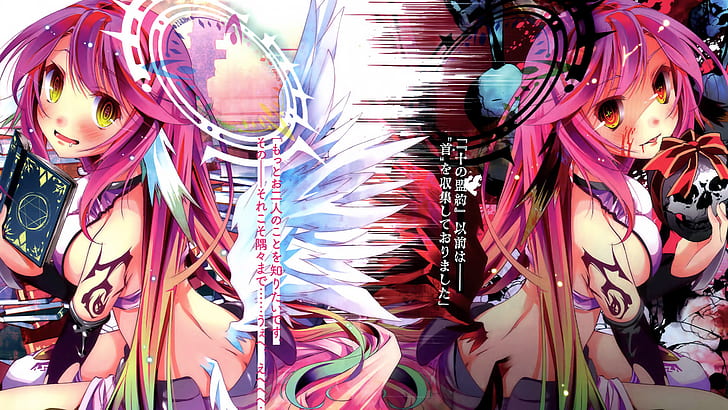
Method 22: Woo Chan Kyuk Se (' Right Needle Strike'). Method 21: Balk Won Chool Dong Se (“White Ape Leaves the Cave'). Method 20: Jang Kyo Boon Soo Se (“Long Dragon Spouts Water”). Method 19: Hoo Il Ja Se (“Rear Single Thrust”). Method 18: Woo Yo Kyuk Se (“Right Waist Attack”). Method 17: Zwa Yo Kyuk Se (“Left Waist Attack”). Method 16: Jin Jun Sal Juk Se (“Advance Forward and Kill the Enemy”). Method 15: Jun Ki Se (“Spread the Flag”). Method 14: Hyang Woo Bang Juk Se (“Face Right and Block the Enemy”). Method 13: Zwa Hyub Soo Doo (“Left Insert Animal Head”). Method 11: Pyo Doo Ab Jung Se (“Press the Leopards Forehead”). Method 10: Balcho Shimase ( “Parting the Grass, Searching for the Snake”). Method 9: Jikbu Songsuse (“Jik-boo sends a scroll”). Method 8: An Jase (“Wild Goose Character”). Method 7: Maeng Ho Unlinse (“Wild Tiger Hides in the Forest”). Method 5: Hoo Il Kyuk Se (Rear Single Strike).  Method 4: Gumkye Doklipse (“Golden Rooster Stands on One Leg”). Method 3: Jinjun Kyuk Jukse (“Advance Forward to Attack the Enemy”). Method 2: Woo Nae Ryak (“Turn to the Right”). Method 1: Jikum Dae Jukse (“Hold the Sword Face the Enemy”). Consistent with Ming writing form, each method is assigned a poetic name intended to embody the nature of the sword method. With the repetition of some methods, the total number of executed methods in this text is 33. Muyedobotongjiidentifies 26 methods for using a sword through the recombination of basic body movements, cuts and thrusts.
Method 4: Gumkye Doklipse (“Golden Rooster Stands on One Leg”). Method 3: Jinjun Kyuk Jukse (“Advance Forward to Attack the Enemy”). Method 2: Woo Nae Ryak (“Turn to the Right”). Method 1: Jikum Dae Jukse (“Hold the Sword Face the Enemy”). Consistent with Ming writing form, each method is assigned a poetic name intended to embody the nature of the sword method. With the repetition of some methods, the total number of executed methods in this text is 33. Muyedobotongjiidentifies 26 methods for using a sword through the recombination of basic body movements, cuts and thrusts. 
Korean police cadets at the Kyongmuchong or Police Academy were required to learn Kyok Geom (Japanese Gekki ken aka kenjutsu) as one of its training subjects. As Japan had adopted German and French sabre material for their Police forces, these practices were implemented with the Korean Police following the Kabo Reforms of 1894. In this way, developments in Japan regarding sword practice had immediate impact on Korean sword practices. Distracted by events in other parts of the World, Western influences on the development of Korean Military Science lost out to Japanese designs. Half of this number were also enrolled in the Toyama Military Academy to be trained as officers for duty in the future Korean army. And in 1883, Japan accepted 40 Korean candidates for enrollment in various Japanese schools of commerce and technology. Horimoto Reizo to train the Pyolgigm, or 'Special Skills Force' to march and shoot in European fashion in 1881.

Traditional Korean swordsmanship fell into decline with the modernization of the army, beginning as King Kojong hired Japanese Lt.







 0 kommentar(er)
0 kommentar(er)
